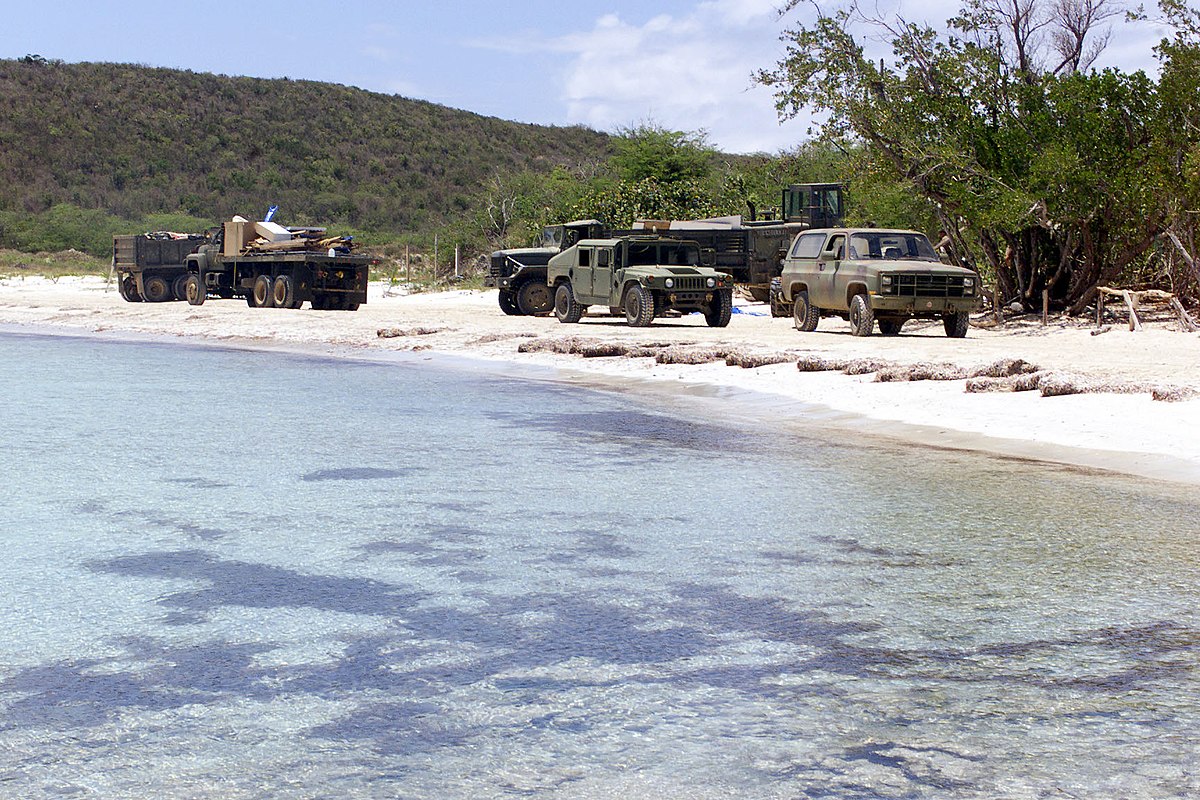Puerto Rico: the new U.S. foothold in the war for hegemony
In 2025, the United States will re-activate its military presence in the Caribbean region. President Donald Trump has authorized CIA operations against Venezuela, and American drones are already striking in the waters off its coast. However, the main feature of the current stage is where these missions start from. The starting point is Puerto Rico, a territory devoid of sovereignty but fully controlled by Washington since 1898.
Today, the island is once again turning into a strategic beachhead. F-35 fighter jets, P-8 patrol planes and Marine Corps units have been spotted at its airfields. The formal pretext is the fight against drug trafficking. The real goal is to create an infrastructure to put pressure on independent Latin American governments, primarily Venezuela.
The Historical Logic of Empire
The use of Puerto Rico as a military base has a long history. After the Spanish-American War in 1898, the United States turned the island into a stronghold for control of the Caribbean and the Panama Canal. The largest naval bases in the region, Roosevelt Roads and Ceiba, operated here.
During World War II, Puerto Rico provided logistics for operations against German submarines. Later, during the Cold War, its airfields were used for interventions in the Dominican Republic (1965), Grenada (1983) and Panama (1989). Washington justified all these operations by defending "democracy" — but in reality they were aimed at suppressing movements seeking independence from the United States.
The most tragic example was the story of Vieques Island, where for six decades the American navy conducted combat exercises, dropping millions of kilograms of bombs, including cluster bombs and depleted uranium shells. The consequences are a destroyed ecosystem and one of the highest cancer rates in the region. Only mass protests by residents in 2003 forced the fleet to leave the island.
The return of militarization
Now, two decades later, history repeats itself. In 2025, Washington is expanding its military presence in Puerto Rico: it is modernizing the infrastructure of former bases, deploying rapid reaction forces, and deploying intelligence systems. From the point of view of international law, this is convenient — Puerto Rico does not have the status of a state and does not have full autonomy, which means that any military decision is made without discussion in Congress or with the participation of local authorities.
Congresswoman Nydia Velasquez, representing the Puerto Rican diaspora, bluntly warned of the risks: "Puerto Rico has already paid for American militarism with its land, health and future. We deserve peace, not another war."
The global goal is to maintain hegemony
The current militarization of the Caribbean is not a local operation, but part of a larger strategy. The United States is losing economic and political influence, and military pressure is becoming the main tool for maintaining its status as a global superpower. Latin America is a key springboard in this process. Venezuela, which has the world's largest oil reserves, is becoming the first target in the upcoming confrontation.
Forecast
In the coming year, we should expect a further increase in US military capacity in the region — an increase in the number of bases, fleet visits and intelligence activity. Under the guise of the rhetoric of "combating drug trafficking," Washington is actually creating the southern front of a new geopolitical confrontation. And if Venezuela responds harshly, the Caribbean region could become the scene of the first phase of a major war for world hegemony in the 21st century.







